OF THE
TIMES

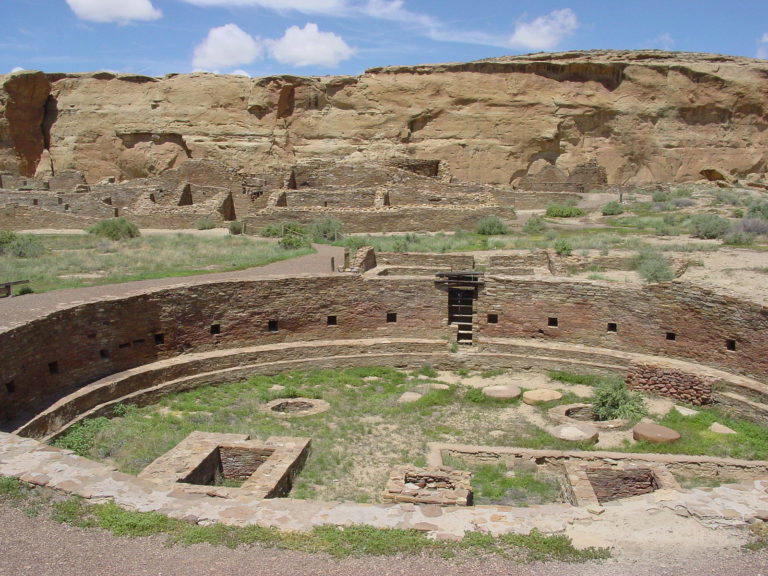
It fell into precipitous decline after nearly three centuries. The dense forests of oak, piñon and ponderosa pines and juniper that surrounded the canyon were razed for construction and fuel. The soil eroded. Game was hunted to near-extinction. The diet shifted in the final years from deer and turkey to rabbits and finally mice. Headless mice in the late period have been found by archaeologists in human coprolites-preserved dry feces. The Anasazi's open society, one where violence was apparently rare, where the people moved unhindered over the network of well-maintained roads, where warfare was apparently absent, where the houses of the rich and powerful were not walled off, where the population shared in the spoils of empire, was replaced with the equivalent of gated, fortified compounds for the elites and misery, hunger, insecurity and tyranny for the commoners. Dwellings began to be built in the cliffs, along with hilltop fortresses, although these residences were not close to the fields and water supply. Defensive walls were constructed along with moats and towers. The large, public religious ceremonies that once united the culture and gave it cohesion fractured, and tiny, warring religious cults took over, the archaeologist Lynne Sebastian notes.Another interesting point can be found in Ancient American farmers supplemented poor diet with corn fungus:
[...]See also:
The ancestral Pueblo people who lived in what is now known as the Four Corners region of the southwestern United States shifted from a nomadic to a settled lifestyle centred on crop-growing around 400BCE.
[...]
The primary crop cultivated was maize (known in the US as corn), which accounted for an estimated 80% of calorific intake.
[...]
However, no Basketmaker II human remains ever tested have shown evidence of such an illness. This fact leads to the obvious conclusion that the people must have been able somehow to access the crucial nutrients. There is evidence that at least one community boiled maize in limestone, which would have made some amino acids locked up in the corn more biologically available - but even then the amounts would still have been too small to meet dietary needs.
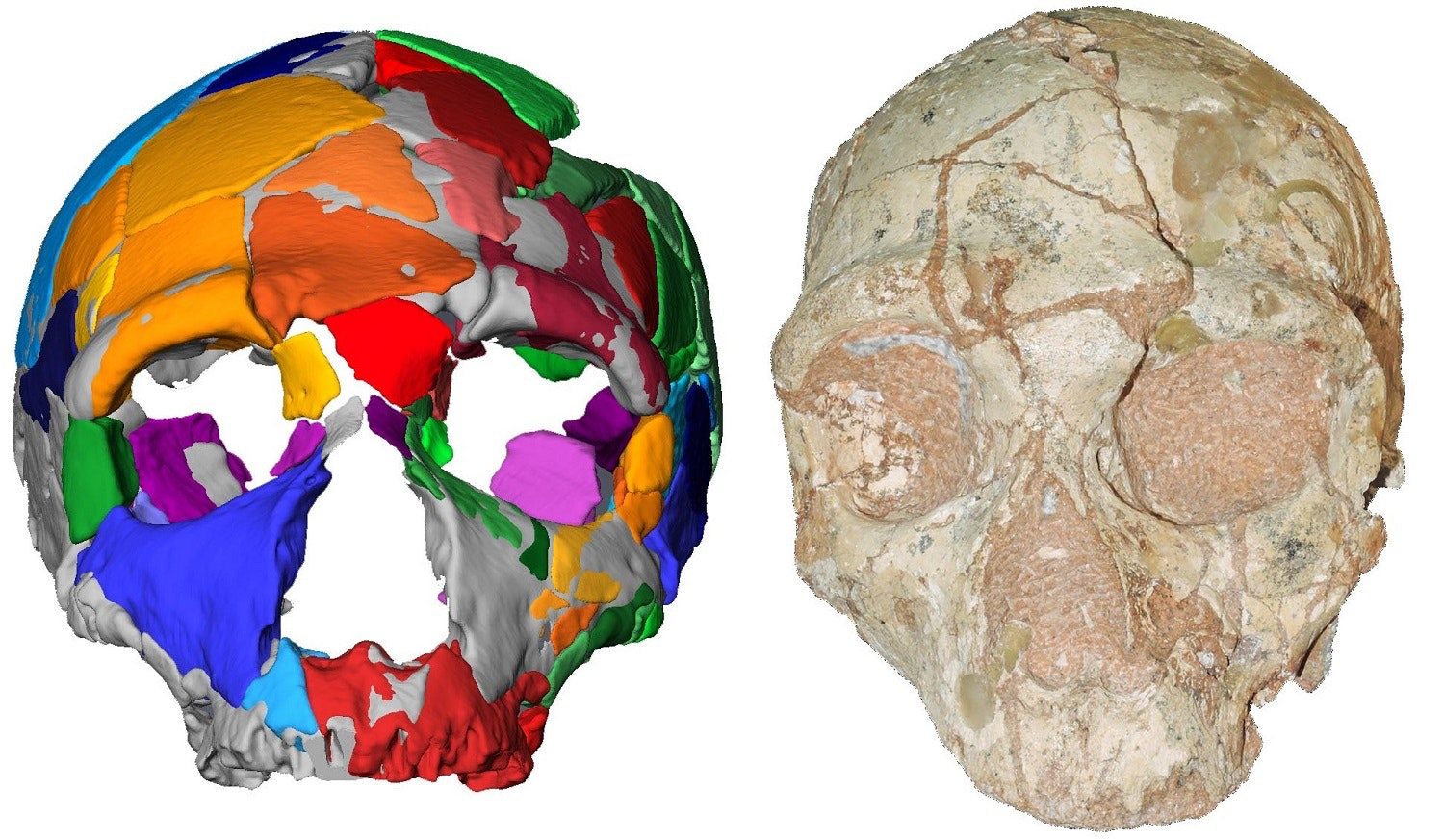
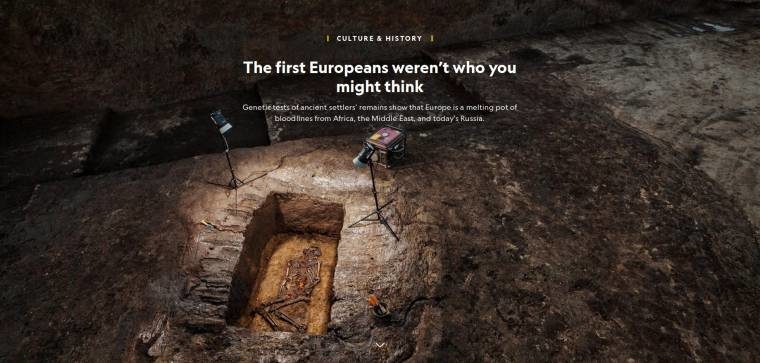
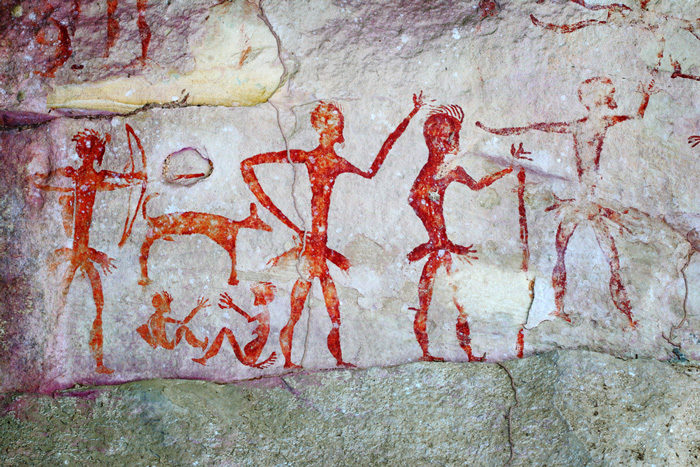
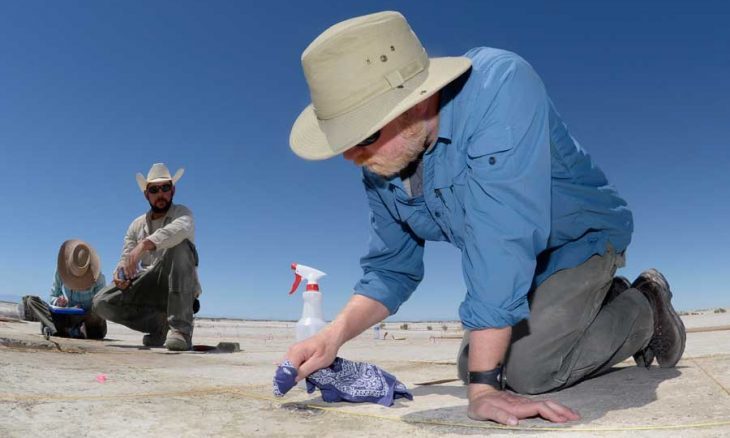
Comment: As an addendum to this piece, Corbett adds this very interesting tidbit about William Shockley, one of the two creators of Silicon Valley: